Many different tax classifications exist, but there have always been small groups that missed out on tax breaks.
One such group has been self-employed, who have not benefited as much as other groups in terms of childcare tax breaks in the past.
To eliminate this and make such help available, the tax-free childcare scheme exists.
The UK government introduced many schemes and tax breaks related to the cost associated with child care.
To help you better understand what childcare scheme is and what you are required to do, we have collected the following details regarding the Tax-Free Childcare scheme,
Table of Content
What is Tax-Free Childcare?
Tax-Free Childcare is a scheme operated by the government to provide financial support for new parents with children in childcare.
Under the Tax-Free Childcare scheme, parents can get up to £2,000 per year per child towards their childcare costs, or £4,000 for disabled children, separate from funded entitlements.
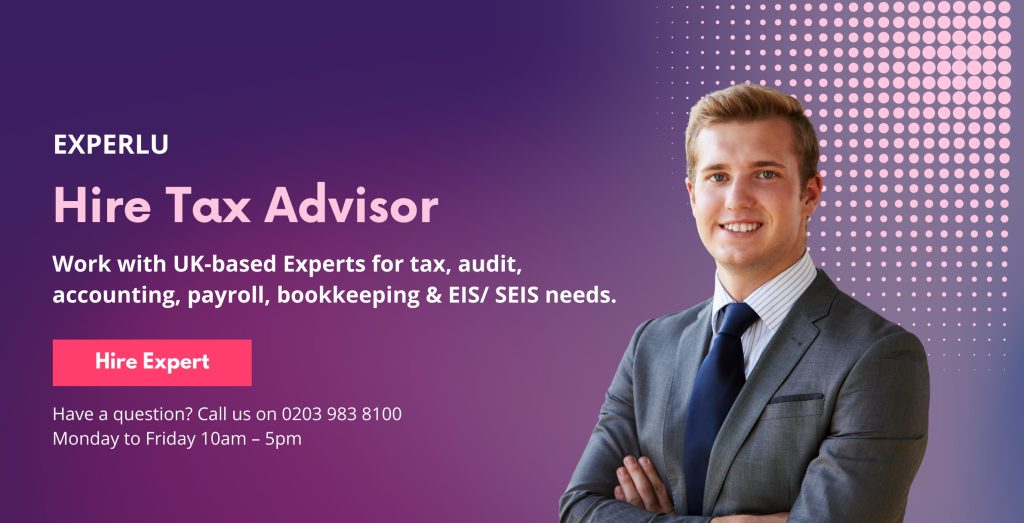
This means if you qualify for the scheme, the government will pay £2 for every £8 you pay to your childcare provider.
The offer is available for children up to the age of 12 or 17 for children who are disabled.
How does the scheme work?
Here are the salient features of the scheme.
- Under this scheme, the government adds an additional 20p for every 80p paid in childcare.
- So, the payment of £80 into the childcare account would be topped up with an additional £20 by the government to give you £100 to spend on childcare.
- The government’s contribution is limited to £2,000 per child per tax year.
- The government’s contribution is not all available at once, but there’s a quarterly contribution limit of £500, and for a disabled child, it is £1,000 per quarter.
- To make electronic payments into the scheme, you’ll need to use an online HMRC childcare account.
- Besides, not only parents but other family members like grandparents can also pay into the account.
- You can withdraw the money to pay for childcare as long as the provider is registered under the scheme.
- One thing you should keep in mind is that the money you put into the childcare scheme can, of course, be withdrawn for any other purposes at any time.
- However, if you do this, any contributions made by the government according to the scheme will be removed.
- Furthermore, this scheme can’t be used to claim universal credit, child tax credit, working tax credit or receiving childcare vouchers.
- If you’re registered for the childcare scheme, you must reconfirm your tax-free childcare eligibility every three months.
- For the reconfirmation, all you have to do is tick a box in your child care account saying your circumstances have not changed – plus, you’ll be sent a reminder several weeks in advance.
Tax-free child care – eligibility for the self-employed
- Just like employees, self-employed people are eligible for a tax-free childcare scheme.
- In fact, the eligibility criteria are not much strict for the newly self-employed – you don’t need to meet the £120 a week earning limit if you started your business less than 12 months ago.
- However, if you are on parental leave, you can’t apply for a tax-free childcare scheme for the child you are on leave for.
- To be eligible for the childcare scheme, you must be in work, or on parental leave, annual leave or sick leave.
- You and your partner must be earning at least the national minimum wage for at least 16 hours per week, but as mentioned above, this is not applicable for newly self-employed.
- To meet the minimum income criteria, you can average your self-employment income across the year, providing you are not getting employment income.
- Also, your child must be 11 or under, and they must live with you most of the time.
- Foster children are not eligible for the scheme, but you can claim tax-free childcare for adopted children.
- If your child is disabled, then the amount you may be entitled to increase to £4,000/ year until they are 17.
In such cases, to qualify for the extra amount, the child must be in receipt of disability living allowance, personal independence payment or the armed forces independence payment, or must be registered blind or severely sight-impaired.
Find out more about tax-free child care eligibility at Get Tax-free child care – step by step.
How to apply for a tax-free childcare scheme?
If you want to apply for the childcare scheme, you can do so on the government’s website, Childcare Choices.
Guiding you through the process, you’ll be able to set up an online account.
The tax-free childcare account can be only in one parent’s name, so you’ll need to decide who will open the account.
If you can’t decide, you can both apply, and HMRC will decide for you and open one account.
Once the account is open, you can operate it the same as a normal bank account.
You can contribute depending on how much childcare you’ll need.
As mentioned above, the government top-up is limited to £2,000 per year in three months.
If your children are under 11 and live with you, you can apply, and if your child is disabled and under 17, you can apply.
In general, if your earning is more than £100,000 per year, you’ll not be approved for the scheme.
Besides, families with a combined income of less than £46,000/year will have a strong chance of being approved for the scheme.
The Childcare vouchers scheme
If you are currently receiving a childcare voucher, you can not apply for the tax-free childcare scheme.
The same rule also applies if you’re on Universal Credit or are receiving tax credits.
The government closed the childcare voucher scheme on 4th October 2018.
Therefore, you’ll no longer be able to join the childcare voucher scheme.
If you’re already on the scheme, then you can continue to benefit from the childcare vouchers as long as your children are eligible and you continue working with the same employer.
How can you use tax-free child care?
You can use tax-free child care to pay for:
- Day nurseries
- Preschools
- School-based care like after school clubs
- Registered childminders
You can pay directly from your online childcare account.
Childcare providers can get payment from both tax-free childcare and childcare vouchers.

Final thought
As mentioned above, there are numbers of factors you must consider surrounding the Tax-Free Childcare scheme.
However, it can be a great way of further reducing your childcare costs if you’re eligible for the scheme.
As for all financial issues, a qualified accountant is well placed to advise you on the best course of action to take regarding the tax-free child care scheme.

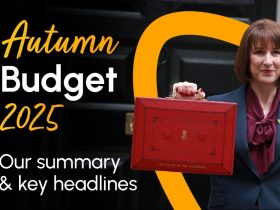

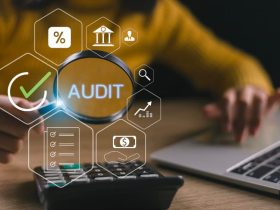


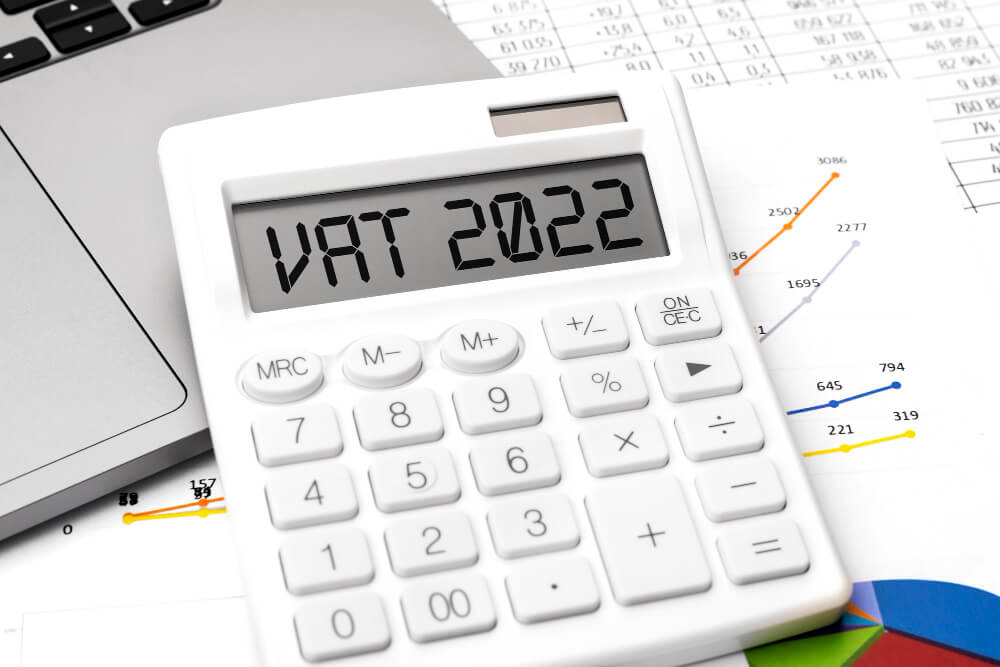

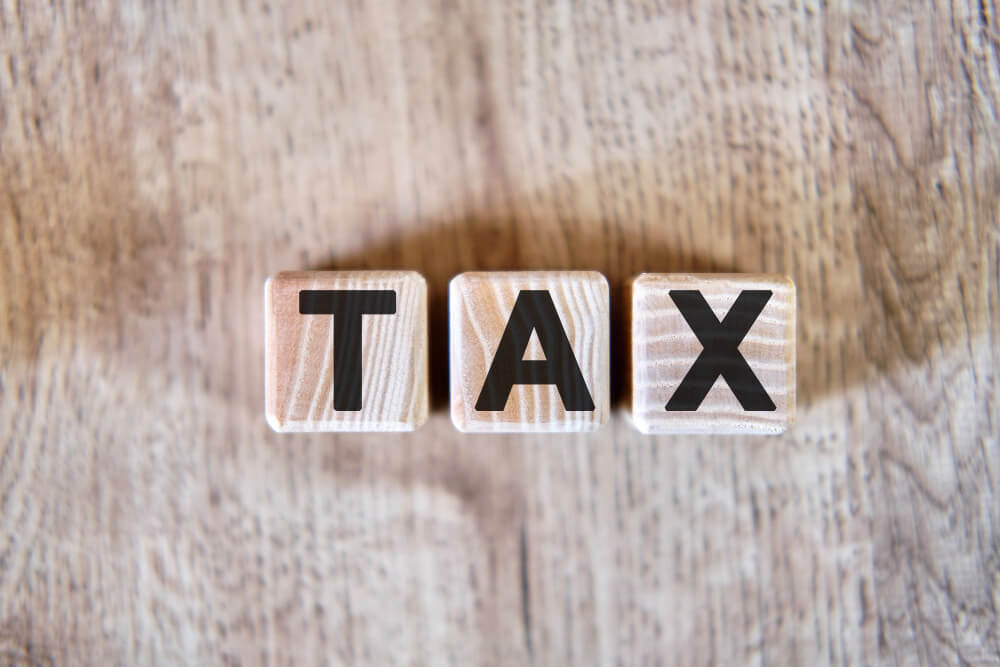


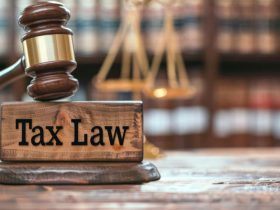
Leave a Reply